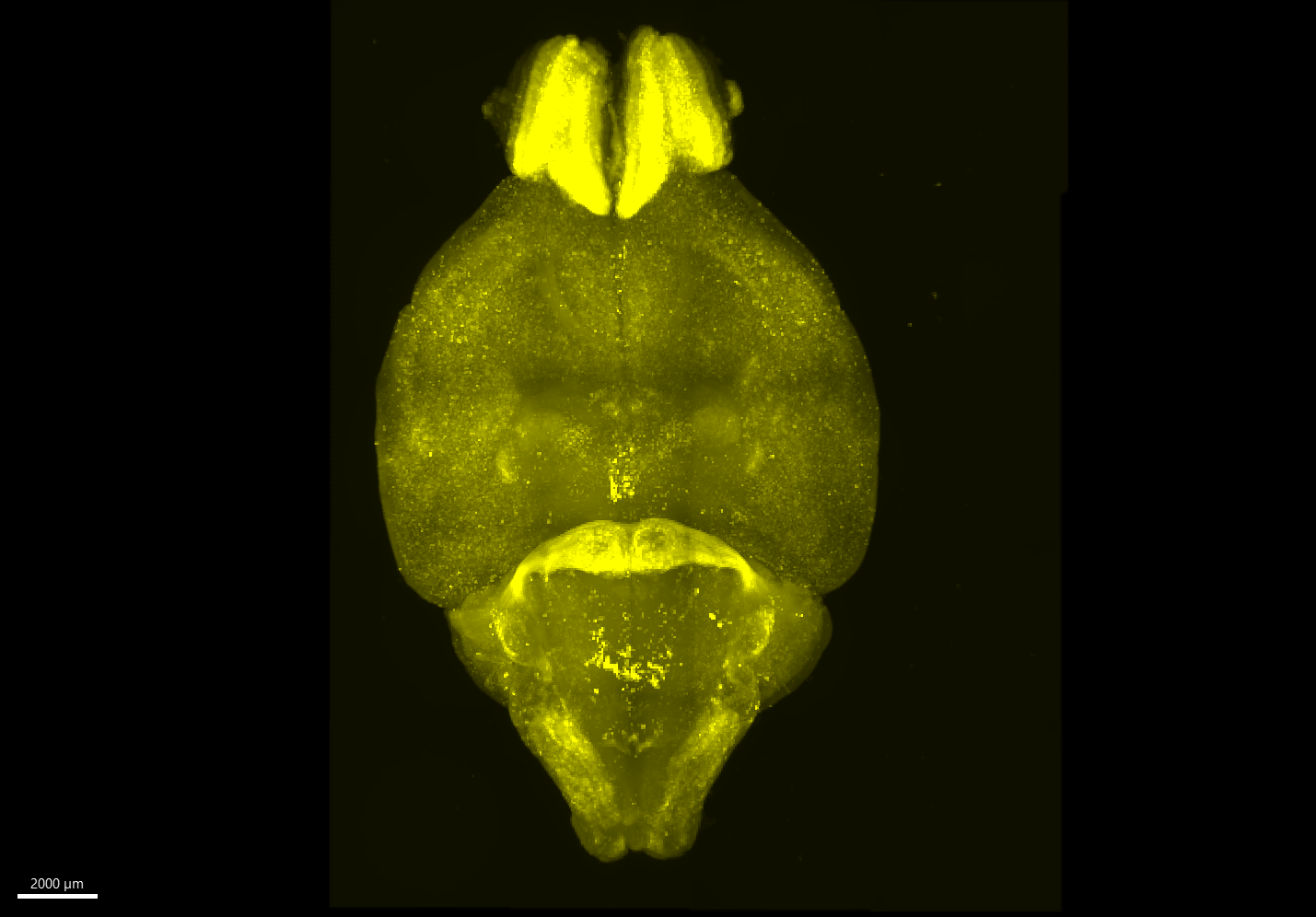Life-saving blood test can identify biomarkers of suicidal thoughts
Major depressive disorder is a pervasive and debilitating condition that affects approximately 16.1 million adults in the United States.

[Dec. 20, 2023: JD Shavit, The Brighter Side of News]
Major depressive disorder is a pervasive and debilitating condition that affects approximately 16.1 million adults in the United States. (CREDIT: Creative Commons)
Major depressive disorder is a pervasive and debilitating condition that affects approximately 16.1 million adults in the United States, taking an emotional toll on individuals and an economic toll on society, costing a staggering $210 billion annually.
For decades, researchers and medical professionals have focused primarily on the psychological aspects of depression. However, in recent years, a growing body of evidence has highlighted the intricate connection between depression and the body's physical processes, particularly cellular metabolism. This intricate relationship has become a key focal point for scientists in their quest to better understand, diagnose, treat, and ultimately prevent depression.
In a groundbreaking study conducted at the University of California San Diego School of Medicine, researchers have delved deeper into this connection, revealing an intriguing link between cellular metabolism and depression.
Published in the journal Translational Psychiatry, this research unveils new insights into the mechanisms of depression, including its association with suicidal ideation. Moreover, it highlights gender-specific differences in how depression affects cellular metabolism, offering a potential avenue for personalized mental health care and the identification of novel drug targets.
Dr. Robert Naviaux, a prominent figure in the field and a professor in the Department of Medicine, Pediatrics, and Pathology at UC San Diego School of Medicine, emphasized the broader implications of this research: "Mental illnesses like depression have impacts and drivers well beyond the brain. Modern technologies like metabolomics are helping us listen in on cells' conversations in their native tongue, which is biochemistry."
For many individuals grappling with depression, psychotherapy and medication often lead to significant improvement. However, there is a subset of patients for whom treatment is refractory, meaning that it has minimal to no effect. Alarmingly, suicidal thoughts frequently plague these individuals, with up to 30% attempting suicide at least once in their lifetime.
Dr. Naviaux pointed out the pressing need for tools to identify individuals at the highest risk of suicide, stating, "We're seeing a significant rise in midlife mortality in the United States, and increased suicide incidence is one of many things driving that trend. Tools that could help us stratify people based on their risk of becoming suicidal could help us save lives."
Related Stories
To uncover potential biomarkers for depression and suicidal ideation, the researchers meticulously examined the blood of 99 participants who suffered from treatment-refractory depression and suicidal thoughts, comparing them with an equal number of healthy controls.
Amidst the hundreds of biochemical compounds coursing through the participants' bloodstreams, five specific compounds emerged as potential biomarkers. However, intriguingly, the identity of these five markers differed between men and women.
Dr. Naviaux elucidated the potential diagnostic significance of these findings, stating, "If we have 100 people who either don't have depression or who have depression and suicidal ideation, we would be able to correctly identify 85-90 of those at greatest risk based on five metabolites in males and another 5 metabolites in females." This discovery presents not only a valuable diagnostic tool but also fuels discussions in the scientific community about the underlying causes of these metabolic changes.
Graphic describes the metabolomics workflow the researchers used to analyze the blood of people with depression and suicidal ideation. Their approach generates a unique metabolic signature that could be used to help personalize treatment for depression. (CREDIT: UC San Diego Health Sciences)
While gender-based differences in blood metabolism were apparent, certain metabolic markers of suicidal ideation remained consistent across both sexes. Among these markers was evidence of mitochondrial dysfunction, a phenomenon that occurs when the energy-producing structures within cells, known as mitochondria, malfunction.
Dr. Naviaux emphasized the significance of mitochondria in the context of this study, stating, "Mitochondria are some of the most important structures of our cells, and changed mitochondrial functions occur in a host of human diseases." Mitochondria play a pivotal role in producing adenosine triphosphate (ATP), the primary energy currency of all cells.
Metabolomic analysis of treatment-refractory major depressive disorder with suicidal ideation. (CREDIT: Translational Psychiatry)
Beyond energy production, ATP also serves as a critical signaling molecule in cell-to-cell communication. The researchers hypothesized that disruptions in ATP function may be a key factor in individuals with suicidal ideation.
Exploring potential treatments based on the identified metabolic deficiencies, the researchers are considering individualized approaches utilizing compounds like folate and carnitine, which are available as supplements. However, Dr. Naviaux emphasized that these supplements are not panaceas, cautioning, "None of these metabolites are a magic bullet that will completely reverse somebody's depression."
Metabolomic phenotyping provides information for both disease diagnosis and for personalized medical care. (CREDIT: Translational Psychiatry)
Nevertheless, he remained optimistic about the potential of these supplements to nudge metabolism in the right direction, potentially enhancing patients' responses to treatment and, in the context of suicide prevention, providing a lifeline for those on the brink.
Beyond offering new possibilities for personalized depression treatment, this research carries broader implications. Dr. Naviaux highlighted the connection between depression and various chronic diseases, noting that "many chronic diseases are comorbid with depression, because it can be extremely stressful to deal with an illness for years at a time."
Biomarkers of mitochondrial dysfunction. Plasma FGF21 and GDF15 in males (a), and females (b), c and d Metabolite correlations with FGF21 in males (c), and females (d). (CREDIT: Translational Psychiatry)
Conditions such as post-traumatic stress disorder and chronic fatigue syndrome, often intertwined with depression, become lethal when they lead to suicidal thoughts and actions. If metabolomics can be harnessed to identify those at the highest risk, it may serve as a transformative approach to saving lives in the face of these interconnected health challenges.
By identifying potential biomarkers and gender-based differences, this research offers hope for more personalized mental health care and the development of novel treatments. As science continues to unravel the mysteries of depression, the potential for improved treatments and, ultimately, more lives saved remains within reach.
Note: Materials provided above by The Brighter Side of News. Content may be edited for style and length.
Like these kind of feel good stories? Get the Brighter Side of News' newsletter.



